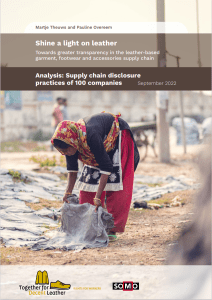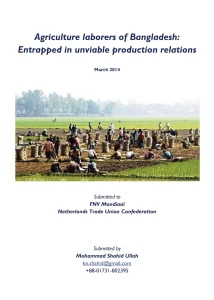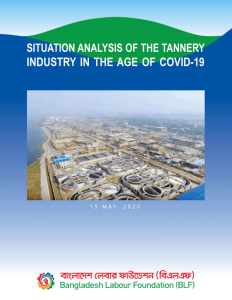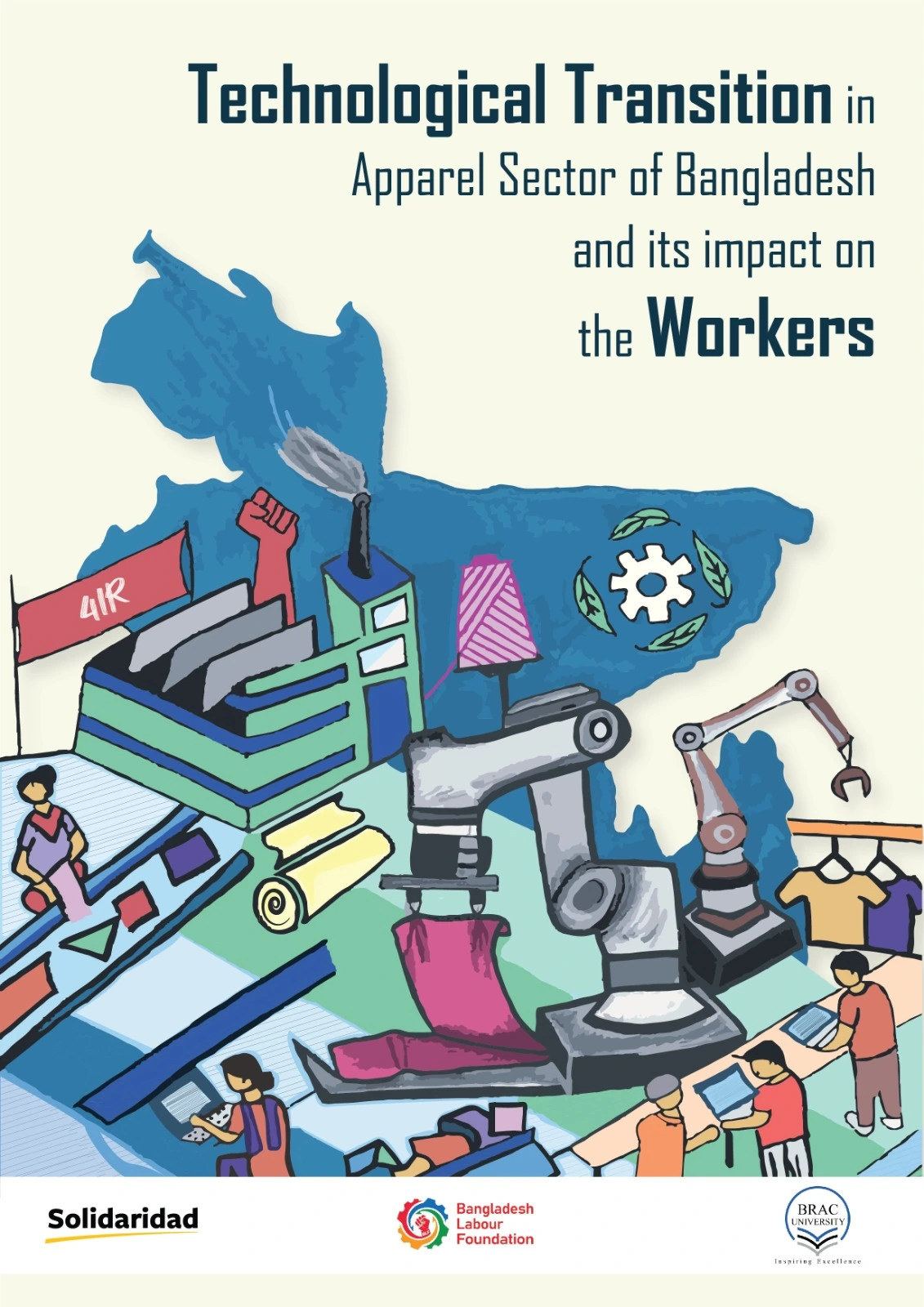State of Living Wages and Contribution of Agriculture Workers in Food Security and Food Production Supply Chain
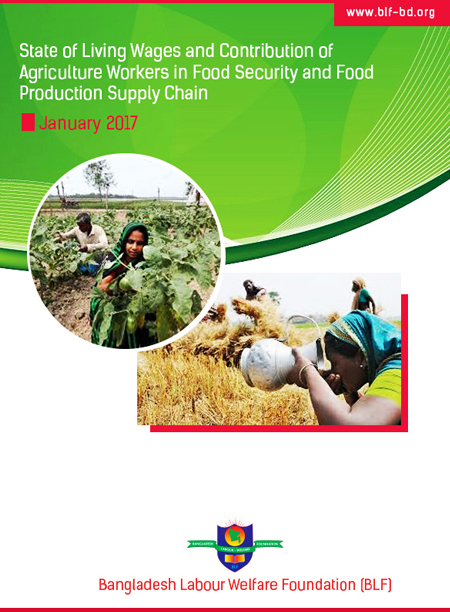
Keraniganj Apparel Hub has developed on the back of a viable and efficient supply chain. The location itself provides the onus of the effective meeting point for raw material suppliers, producers, wholesalers, and retailers as the supply chain actors. There are more than 9500 showrooms and sale centers within the hub to sell and market the produce. Keraniganj garment industry sells its produce to local market catering mainly to the middle and lower middle-class people. Products from the Keraniganj apparel factories area are sold all over the countries in retail shops, makeshift urban and rural markets as well as by street vendors. Every factory has a sales center close to their factory but within Keraniganj which showcases and sells the product to wholesale agents or retailers. These sale centers are in effect an integral part of the garment factories. Some of the factory workers also work at the sales center. Most producers use counterfeit labels of well-known brands in their products. It is taken as normal practice and no law enforcement officials raise any issue for this malpractice. Labels are produced locally using various international brand names and logos. Labels are procured from Islampur and Bongshal in Dhaka city. Some labels are produced in Keraniganj as well. They also imitate product design to make copycat items.
Keraniganj garment workers are mostly employed in plants and sales centers. More than 185,000 workers are currently employed in the Keraniganj garment industry in March 2015. Among the total workers, 143,000 are directly employed in the factory level activities while the remaining 42,000 are employed in sales centers.
Among the workers, there is a male majority percentage (81%) in contrast to females. About 58% of workers are from out of central Dhaka and the remaining 42% of workers are from the southern area which covers greater Barisal and Khulna. Most of the workers (66%) live in Keraniganj while 21% of the workers live within the plant who are male and 11% of the workers live outside of Keraniganj. Workers do not receive any contract specifying their employment terms. The employer generally employs workers on an annual basis with agreed terms and conditions including a remuneration package (salary/piece rate/daily wage). The employer has the prerogative to terminate a worker any time even without any notice. Sometimes workers also leave the job without giving any notice. No arbitration system exists or is practiced unless something serious occurs between employer and worker. There is no standard wage or compensation system as a whole in the Keraniganj Apparel Hub. In general, the helpers are paid monthly. On the other hand, operators and cutting masters mostly get their compensation on piece rate. Some of them also get a fixed but small amount as monthly remuneration in addition to the piece rate. As many as 81% of workers receive wages based on piece rate. Another 12% gets a monthly salary while only 2% gets a monthly salary in addition to the piece rate. Among the salaried workers, most of them are women and it’s about 65%, whereas almost 88% of the piece-rate workers are male. On average, a male worker earns BDT 9,793 while a female earns BDT 7,012 in a month. It should be noted that men can do work for longer hours than women, not that the wage rate is different. More than 82% of workers receive a partial salary each month to maintain their basic needs. The factory owner normally clears all dues during two Muslim festivals. However, partial weekly payment is common, especially for factory-based workers. Daily payment is made very randomly to irregular workers and in some cases to helpers. More than 76% of workers receive wages weekly. About 22% of workers get a monthly payment.
The report has come up with some realistic recommendations addressed to all relevant stakeholders namely the Government, Bangladesh Labour Welfare Foundation (BLF), Business Associations, and local worker unions. Given the importance and relevance of the Keraniganj apparel hub and the related factories, and at the same time the unsatisfactory and unhygienic working conditions, the stakeholders need to take appropriate actions to alleviate the current situation. The areas that need attention are manifold and include: policy advocacy for recognising the sector as formal, and to ensure regulatory framework to govern and monitoring, continuing education for working children, drawing attention to public and private service providing agencies, awareness-raising on workers’ rights, training on occupational safety and health, legal safety net issues for improving the working environment and organising workers.
Related posts

Assessment on the Socio-economic Condition of Home-Based Ready-Made Garment Workers (HBRMGWs) in the RMG Supply Chain
Read More »